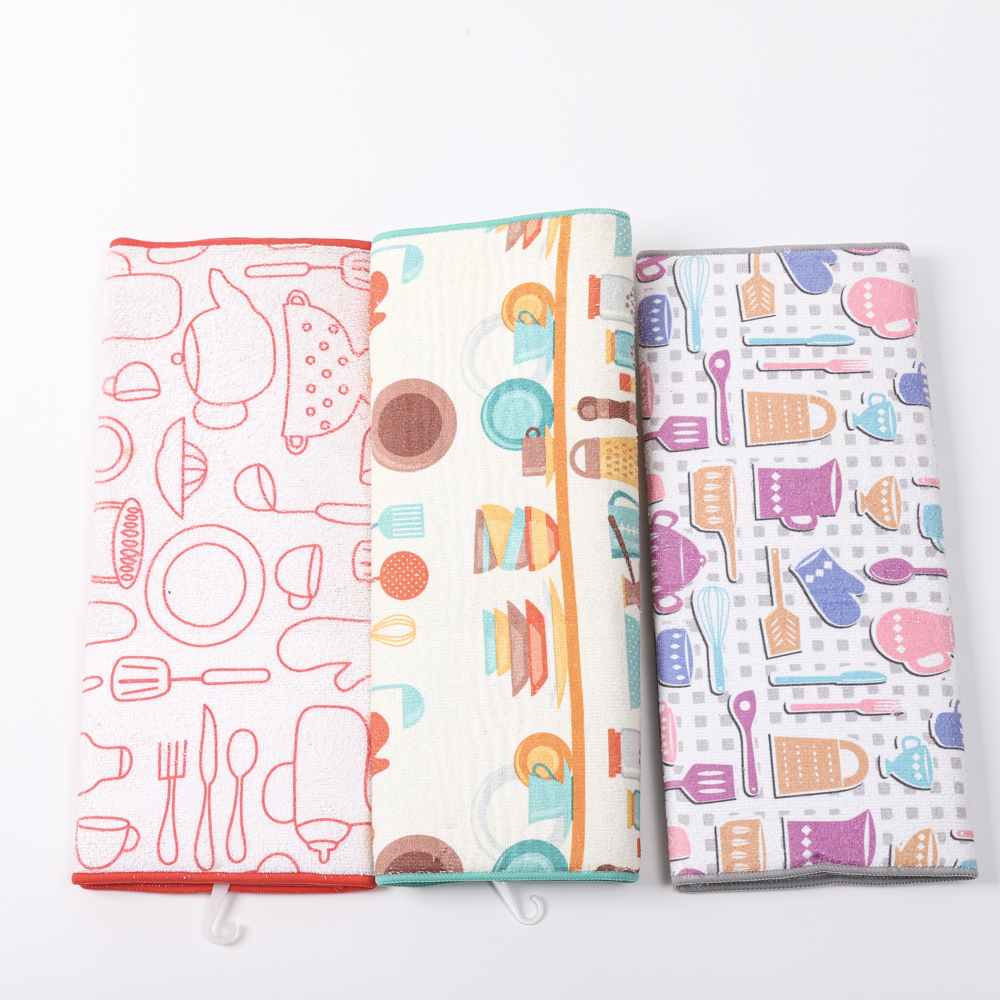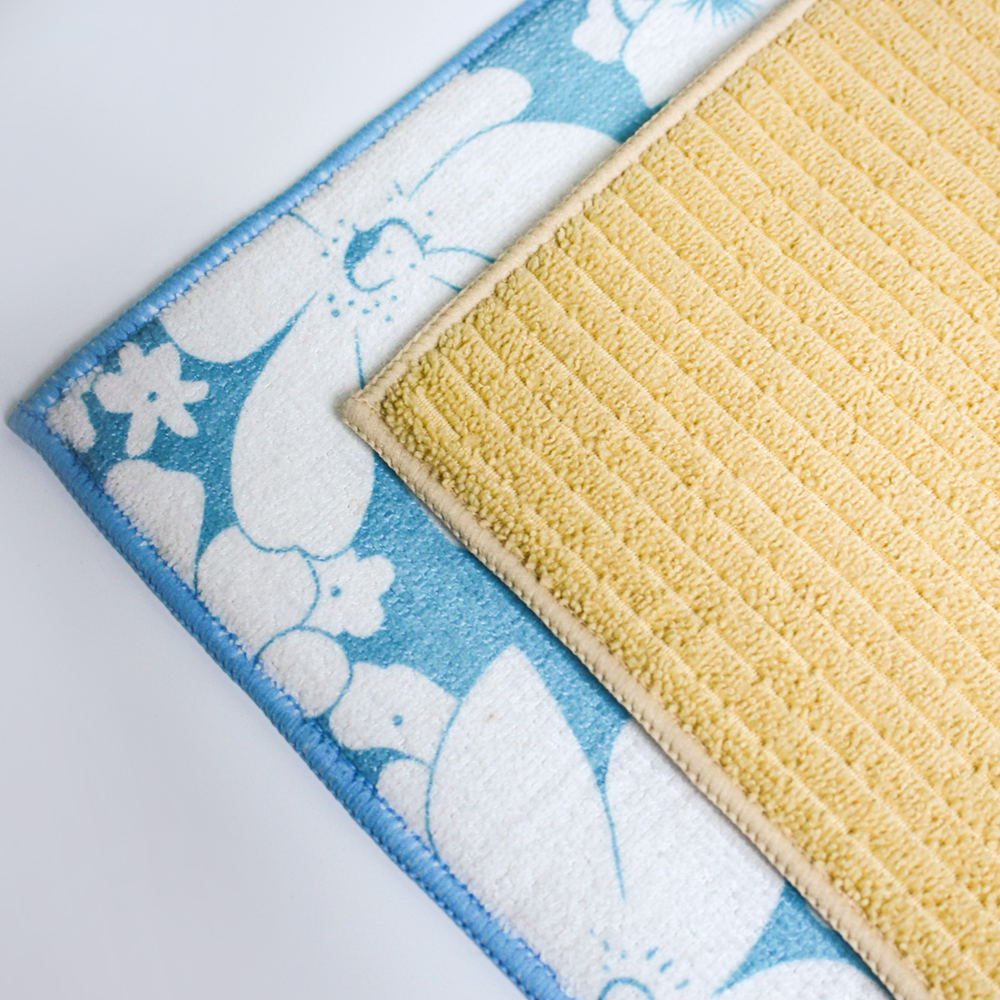What are the most important requirements for the quality of a printing press? Simply put it paper-making. The question is, how can we use C1S/C2S paper to obtain better paper feedability? The performance of C1S paper is largely dependent on the structure of the paper itself. It can be said that paper production problems can directly lead to printing problems.
The quality problems in printing are often directly related to the lack of smoothness of the paper. Spotting, poor ink performance, and poor ink coverage are typical problems that often occur with "rough" C1S paper. The smoothness of the paper is a mechanical process. The longer the paper is “smoothed†during papermaking, the better the smoothness. The papermaker's concept of ironing includes glazing, wet piles, and dry piles, but for printers, the flatter ironing is equal to the better. So how do you know if the paper you are using has undergone special screeding? It depends on whether the paper has passed dry heap after wet pile.
In a typical papermaking process, after the web has been squeezed to remove excess moisture, a wet pile re-humidifies the paper and causes it to iron. But when it is finished, the paper will not achieve the smoothness you want. Your paper mill should add a process to make the paper dry. This will not only increase smoothness but also make certain areas that have "problems" become consistent. Of course, consistency is better in printing.
The use of "auxiliary extrusion" also helps to obtain smooth paper. Most paper mill press units have two or three pressure rollers. The auxiliary extrusion allows the paper to contact the ironing roller more smoothly, increasing the smoothness before the drying and ironing stages.
In the final stage, the paper goes through a finishing process, to the extent it makes the paper the smoothest. Paper mills can use bright rollers or hot/soft glazing rollers. The hot/soft roll is relatively good because it is at a high temperature when the paper is finished and can form light just like ironing clothes. The higher the temperature, the more wrinkles are removed.
Don't forget that your coated cardboard sometimes contains rough particles and rough lines, which are caused by small particles trapped under the coating knife. When it comes to printing problems, this should be avoided. The best coating can minimize this problem. The following are two coating methods used to produce C1S paper: air knife method and knife blade method. They are a lot different when coated with free-blending paper.
The traditional method is to use an air knife to apply along the surface of the paper. Although this is a good method, it can only be as flat as the film base. If the substrate has bumps and depressions, this process can only be high or low with bumps, forming peaks and valleys when printing. Blade knife coating is a method that should be used. It can form a flat coating layer regardless of the substrate. Using a double-edged knife can make the coating evener, and the "bent" knife is better than the "straight" knife. Coating itself is another area that is different from the printing process, it is for you to get a better printing surface the actual production plan used by papermakers. One of the most important qualities of paper is the viscosity of the paint. The high solid coating formula makes the paper smooth and soft.
An annoying phenomenon at the time of printing is an impression caused by paper dust. A clean paper mill is good for producing clean paper,
The cleaner the paper, the longer the print cleaning cycle. If C1S/C2S is part of your paper, you should go to the paper mill and look for a paper mill that has a good internal sanitation environment for the good printing that you use. Because some paper mills, due to poor sanitation, pollutants have fallen into the machine and random machines have run into the paper. These contaminants stick to the rollers during printing, allowing the printer to either stop the cleaning machine or reduce the viscosity of the ink. To some extent, the extent to which paper mills produce clean paper also depends on the formulation of the paint. Coatings made of strong binders can reduce the amount of paper dust.
Good C1S/C2S paper should always be consistent. However, consistency cannot be maintained if the paper is curled, rolled and wrinkled. A piece of paper may lose space stability due to improper fiber composition, improper drying, unstable humidity, and the like. Good fiber composition refers to the balance between long and short fibers, long fibers make a stable but rough paper, and short fibers make a smooth but fragile paper. Printers should consider using paper made from a mixture of two fibers. If the balance of the two fibers is well controlled, the paper produced will be both smooth and resilient and stable.
Unstable humidity is another cause of the paper's spatial stability, which is often caused by insufficient internal control of the entire papermaking shop. The higher the degree of automation in paper mills, the lower the chance of this happening. Although there are many paper mills that use scanning control equipment and some even use more automated equipment throughout the production process, it only contributes to the consistency of the final product. .
The brightness and lightfastness of light and brightness papers, or yellowing of paper over time, also have different effects on your printing. Lightfastness is affected by the composition of the paint. If paper mills use dyes or optical brighteners, the paint will fade over time.
On the contrary, if the pigment is used, the paper is a real "white" paper. The customer's concern is the firmness and longevity of using pigments to adhere color to paper. The two main pigments used in the paper industry are clay and calcium carbonate. C1S paper using clay is a matter of recent years, brightness can reach about 82, Tango Paper introduced that it used calcium carbonate in 1997 to make C2S paper white, brightness of 88. Today, several paper mills use different schemes to achieve the same brightness on different C1S papers.
Here is a quick check list.
Simply put, the greatest benefit for printers to use high-quality C1S paper is to avoid problems when printing every day, which means good color, higher consistency and less standby time, in a word, so that the machine does not Stop to work.
Assisted squeezing - A special part of a paper mill that helps the paper cling to the smooth roll more effectively.
Dry pile - a process of papermaking, a process to increase the smoothness of the paper after the wet pile.
Double-edged knife coating - a coating method to fill the peaks and valleys on the substrate.
How to choose a paper mill for your production:
1. Is there a high degree of automation?
2. Are there special steps to ensure quality control (such as visual inspection systems and electronic scanners)?
3. Is there a special calendering and "screed" step?
4. Is it coated with a blade rather than a knife (especially a double-edged coating with a curved edge)?
5. Is it a pigment instead of an optical polish?
6. What is the high content of long fibers after special crushing and calendering steps?
7. Is finishing with hot/soft calendering?
The author Dr. Bryan Ortman is the leader of the Westvaco Group and is responsible for the coating department of Tango Paper. Tango manufactures in Evadale and Texas, and it is also a product of Westvaco Limited.
Microfiber kitchen mat:
- Material: Made of microfiber material, with soft and comfortable touch.
- Function: Mainly used in the kitchen floor, it can effectively prevent slipping, relieve fatigue caused by standing for a long time, and protect the foot joints.
- Features:
- Strong water absorption: microfiber material has good water absorption performance, can quickly absorb water, keep the ground dry.
- Non-slip design: The bottom is mostly designed with non-slip rubber particles to increase friction and prevent the mat from sliding on the ground.
- Easy to clean: Microfiber material is easy to clean and can be washed by hand or machine to maintain hygiene.
- Prints: A variety of lovely prints are available to add decorative touches to the kitchen.


Microfiber dish drying mat,microfiber drainer mat,microfiber mat for dish drainer,microfiber dish mats
jiangsu qiyun cleaning knitting product co.,ltd , https://www.maleclean.com